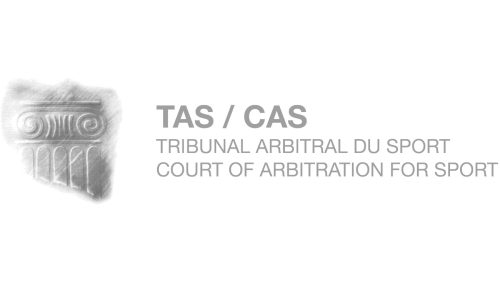If you ride dressage, you have some mnemonic to remember the order of the letters around a dressage arena. But do you have any clue why those letters are there, and in that order?
If your answer is “no,” you are keeping company with some of the world’s most esteemed dressage judges and historians. And if you said yes? You’re probably wrong.
More than a year ago, the Chronicle sent me out on a mission to uncover the origin of the letters. Or, rather, I volunteered for this mission … because I thought it would be easy.
A quick Google will produce several theories, the most common of which holds that the letters go back to the royal stables of 18th century Prussia, where they were put around the edge of the stable courtyard to denote where each member of the court would meet their horse for that day: “K” for Kaiser, “F” for Fürst (prince) and so on.

Unfortunately, that theory doesn’t account for the crucial letter “C.” Even more unfortunately, look a little closer at those theories, and you’ll see they all lack the same thing: any kind of source material to stand upon. None footnote Xenophon or François Baucher or even the relatively modern Col. Alois Podhajsky. They all just seem to echo each other, with repetition creating believability.
I wanted more. I wanted facts that I could footnote for you, the reader.
I started stateside, speaking to a series of people who ultimately led me to FEI steward and USEF ‘R’ judge Janine Malone. She didn’t have the answer but helpfully networked at a show and sent me the following email:
ADVERTISEMENT
I was judging at a very large show last week/weekend, and I asked several experienced judges if they knew how the dressage arena letters were named. Nobody knew, but some of us came up with the idea that J Ashton (Jeff) Moore (‘S’ judge in California) might have some useful information.
So off I went to Jeff, who replied with the best “no dice” email ever:
I circuitously received your email about the origin of the dressage letters. I can understand why you would have contacted me—anybody as ancient as I am [he’s 75, for the record] would, one might think, be likely to know the origin and background of things like the letters.
Sorry to disappoint, but I haven’t a clue. I’ve wondered over the years, mainly when having tests called, because clearly the letters were not chosen to sound different from each other (B, D, G, etc.). But I can find neither rhyme nor reason in their choice. …
My teachers, Col. Podhajsky and Baron von Blixen, might have known, but they are long dead, so if they knew they carried the secret to their graves.
I can’t think of anybody who might know. Dressage is MOSTLY just people repeating each other, even when dizzyingly idiotic, but if repeated with sufficient pomposity, it tends to carry weight.
Good luck in your quest!
ADVERTISEMENT
And a quest it now was. Having exhausted America’s greatest dressage minds, I looked across the ocean. At the Fédération Equestre Internationale, communications director Olivia Robinson and her colleagues strove to locate the best historian in the land of the classical masters.
They first reached out to Xavier Libbrecht, who in turn contacted his friend and colleague, French five-star dressage judge Bernard Maurel. Libbrecht speculated Gen. Albert Decarpentry of the Cadre Noir (1878-1956), an Olympic dressage judge who co-wrote the first FEI rulebook in 1929, might somehow be involved, but thought Maurel would know better.
But Maurel demurred too, suggesting—in French so lyrical that it withstood the vagaries of Google translate— that Jean-Pierre Tuloup would be best suited for the task, given “his equestrian skills and his archivist soul.” Alas, Tuloup, who authored a history of the Cadre Noir, did not respond to polite requests to speak with me, and I—hamstrung by the two decades since my last French class—did not pursue him directly.
I ended my quest still wondering about those letters. But after my email trip across the ocean, I have my suspicions—and they rest in France, not Prussia, with Gen. Decarpentry. Olympic history tells us dressage letters first appeared in the 1920 Antwerp Games. Perhaps, given that timing, it actually is “R” for roi, “C” for cheval … and “A” for Albert?
This article originally appeared in the September 2024 issue of The Chronicle of the Horse. You can subscribe and get online access to a digital version and then enjoy a year of The Chronicle of the Horse. If you’re just following COTH online, you’re missing so much great unique content. Each print issue of the Chronicle is full of in-depth competition news, fascinating features, probing looks at issues within the sports of hunter/jumper, eventing and dressage, and stunning photography.














